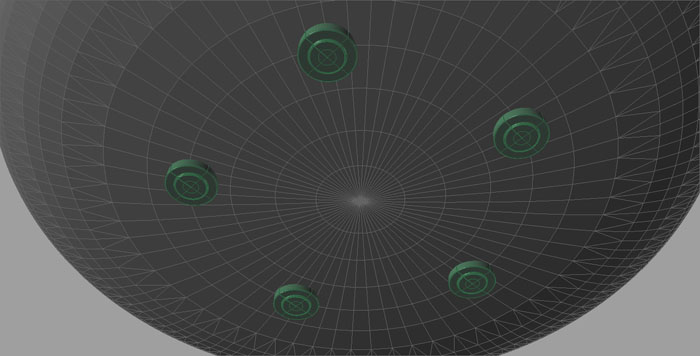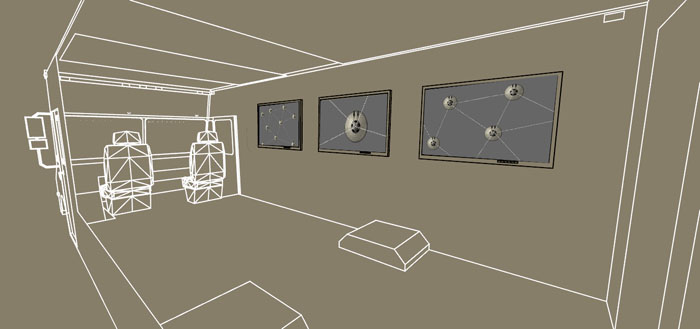DEVELOPMENT
Objectives:
Research, build and implement 13 Nanodrizas; establish communication systems and wireless specific census; establish an autonomous, functional node network with an implementation of an opposing party online; do research and experiment about biological processes; make an exhibit and implementation; and the elaboration of a documentary about the work.
WORK PLAN
Work teams will be created for their production:
One: In charge of the electronic- mechanics.
Two: in charge of network programming.
Three: programming of sound processes.
Four: Biology.
Five: Design of online aesthetic response for processes.
Six: Final staging and documentation.
Nowadays, biological initiatives that use live organisms like bacteria to balance the H2O molecules are increasing.
Nanodrizas will be constructed by using recycled materials, as well as state-of-.the-art technology, ultracapacitators and fuel cells (hydrogen, methane, bacteria) in their energetic system, as well as the use of wireless sensors modules, which will allow them to establish independent communicative bonds and to maintain themselves within a network communicated to the Internet.
A truck will be set up as a MOBILE LAB that in a first stage will be adapted for the development, research and construction of the Nanodrizas, analysis systems, data transmission and energetic systems. In a second stage of the project, the lab will be used as transportation and as the information and visualization room, an area where the public will be able to interact in real time with computers and interactive systems with the Nanodrizas “in situ”. When the latter are released into the environment, the lab will be the data transmission node of the local network to the Internet for its visualization by the public through the WWW, by using satellite Internet. In this lab, the documentation and dissemination of the activities will take place, aside of keeping the technological and biotic equipment.
-Materials and technical requirements:
(Construction of 13 Nanodrizas)
– Development of propulsion systems
– Development of microelectronics for the sound interpretation and amplification
– Development of bacteria dispersers
– Development of sensors microelectronic
– Development and implementation of MOTES for the communication between them
– Development of energy systems, “fuel cells”
– Development and programming of the aesthetic counterpart and of digital processes.
Stages:
First stage: Prototype development
1. Mechatronic implementation
2. Sound process
3. Flow control
4. Energetic system
5. Biological dispersion
6. Development, experimentation and research.
Second stage:
1. Research, experimentation on MOTES (wireless sensors networks).
2. Implementation of different sensors.
3. Communication system programming.
4. Network systems programming.
5. System’s self-sustainability.
6. Development, experimentation and research.
Third stage:
1. Exhibition in a physical area.
2. Online documentation of the process (open source).
3. Online documentation of the environmental interaction.
4. Promotion of its online counterpart.
5. Development, experimentation and research.
6. Publish the research.
7. Documentary development.
We have the economic support of Fundacion Telefónica through the program of incentives to artistic production in Ibero-America, Spain and Portugal: “Concurso Internacional VIDA 11.0”, to do research, construction and experimentation of the Nanodrizas.org project.
We seek, likewise, to create bonds with government cultural and environmental institutions, NGOs, Academic Institutions, by way of collaborations or support for the project’s research, consultancy, economical resources, exhibition and documentation.
 |
|---|
 |
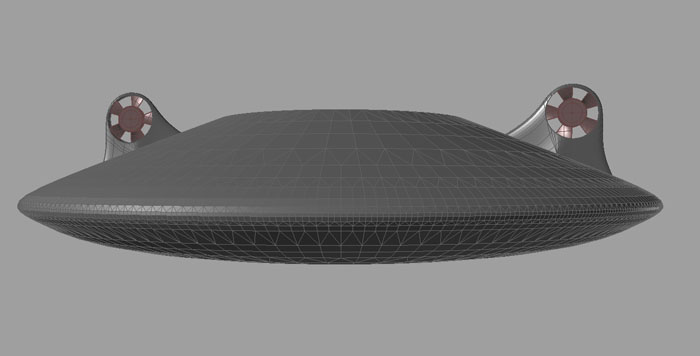 |
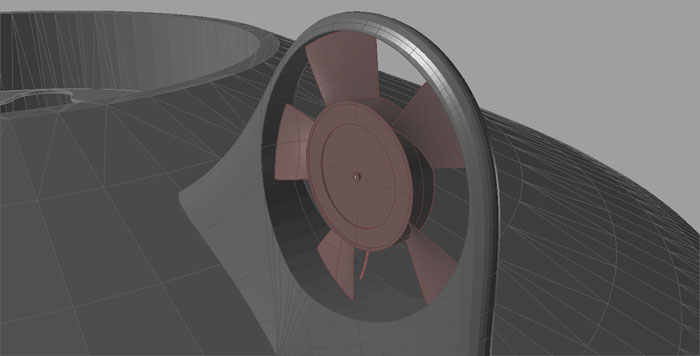 |
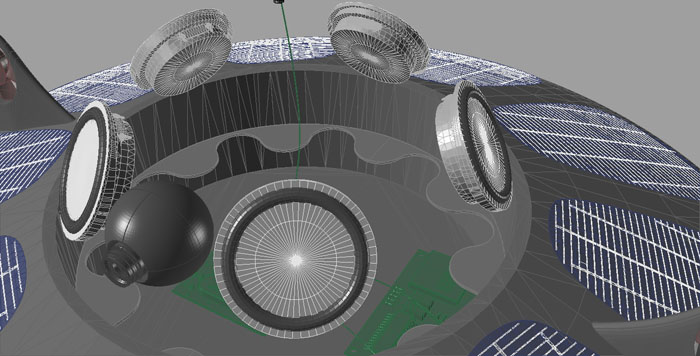 |
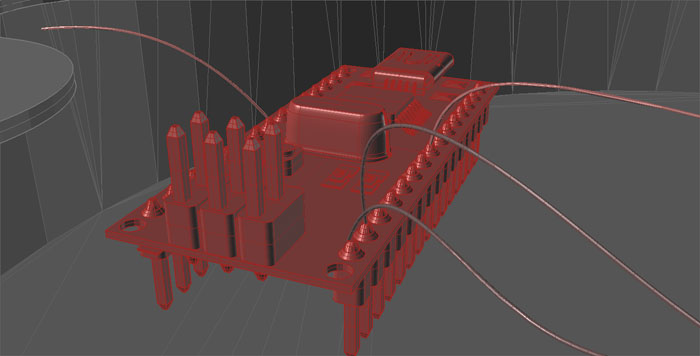 |
 |
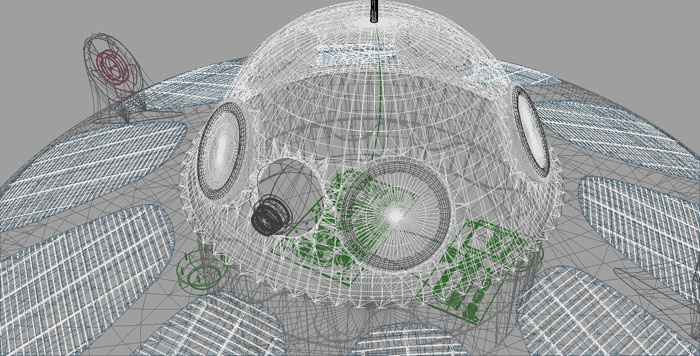 |
 |
 |
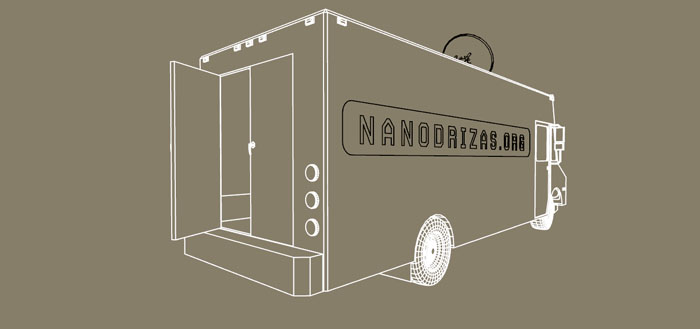 |
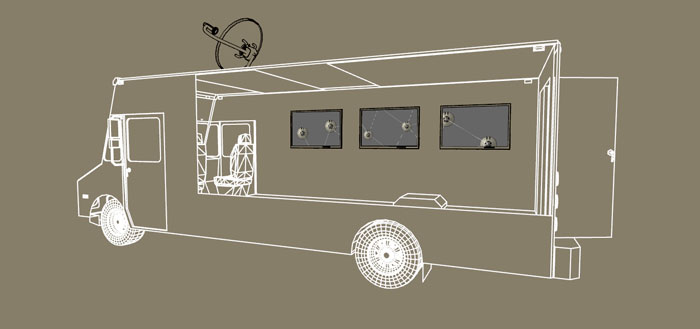 |
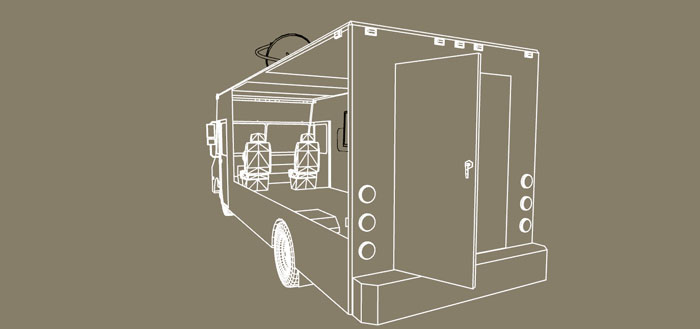 |






